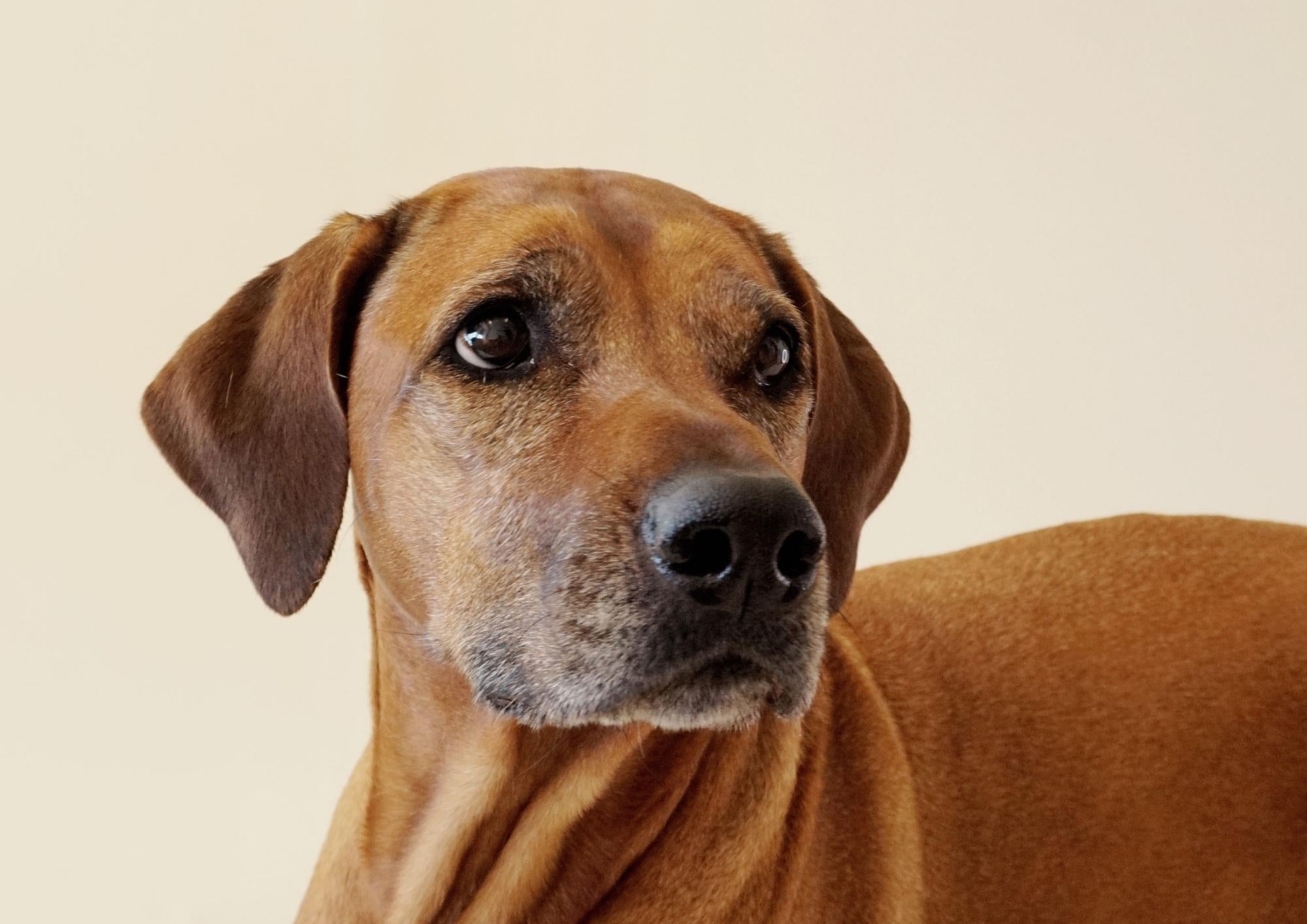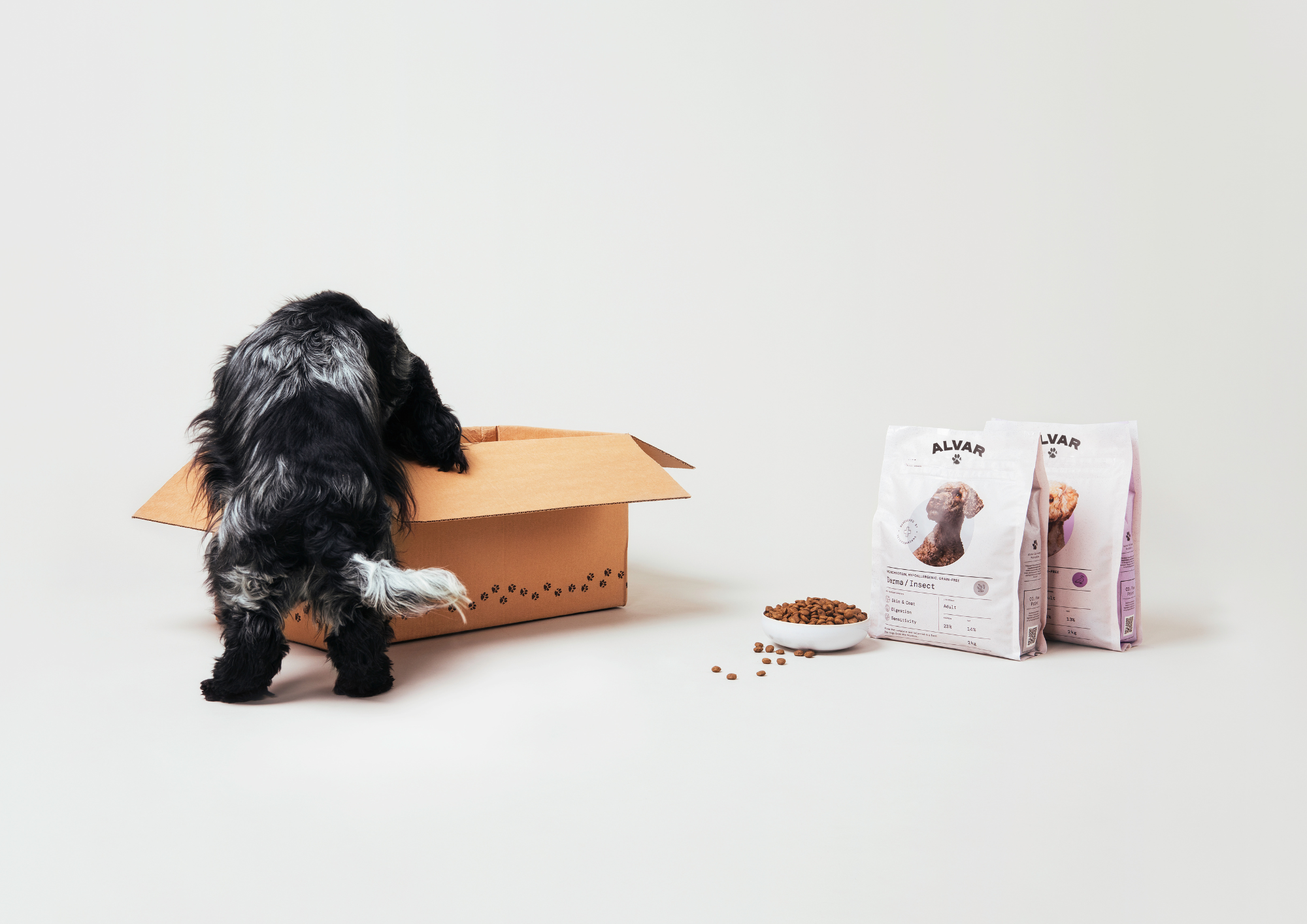Living with a puppy is about learning new things, both for the puppy and the owner. For the owner, the rewards of puppyhood include fun home videos, sudden moments of affection, and the little Einstein's successes during training sessions. To make the little pupil a master of their teacher, rewards must be on point, repetitions should be frequent, and the learning process should be enjoyable. Delicious training treats help with this.
What Kind of Training Treats for Puppies?
Just like choosing dog food, when selecting treats, a dog's individual preferences guide what makes the treat delicious in their eyes. The tastiness of the reward is essential for motivating the dog sufficiently during training. High-quality ingredients are the starting point for making treats delicious.
Alvar Pet's Softies treats were developed by our veterinarian Henna together with our Danish manufacturer, Nordic Petcare Group, the same team behind our Danish Dry foods. Softies are made from mouth-watering waste ingredients and are grain-free!
Alvar Pet Chicken Softies are small, soft, bone-shaped treats. The softies can easily be broken into smaller pieces by hand. The ingredients list includes high-quality, Nordic waste winged meats, chicken, duck, and turkey from food production side streams, as well as potatoes and peas.
Alvar Pet Fish Softies are slightly larger bone-shaped treats. This treat can also be broken by hand into up to six pieces. The main ingredients are fishmeal from Nordic herring and sprats, and potatoes.
Alvar Pet Vendance Treat is made from surplus production of the Finnish vendace (muikku) fish from Lake Finland. The 50-gram pouch contains 100% dried vendace with no additional fillers.
Alvar's wet food, Chicken Topper and Wild Fish Topper, can be used in various activation games or simply added to dry food for treat moments.
You can read more about feeding your puppy here and about Alvar's puppy food here.
How Much Can You Give Your Dog in Treats?
According to recommendations, treats should not exceed 10% of the dog's total daily intake to ensure they receive the necessary nutrients in the correct balance. The calories from the treats should be accounted for in the daily energy intake, and other food should be reduced accordingly. This is particularly important since managing a dog's weight is key even when they are puppies.
How to Reward a Puppy with Training Treats?
Training treats work great as rewards for a little pupil when repetitions are made multiple times. You can also use dry kibble taken aside from the puppy’s daily food portion as a reward. Keep a small container in your pocket with one meal's worth of kibble and offer it during success moments throughout the day.
The timing of the training session matters too. Treats may not motivate a puppy with a full belly, so it's better to train when they are hungry or in the right mood. Avoid training when your puppy is overly tired or in the middle of a burst of energy. Training sessions should be kept short to maintain focus.
In addition to repetitions and patience, timely rewards are key to training a puppy. Keep the treats easily accessible, for example in the container or treat bag mentioned above. The dog should receive the reward within 0.5–0.8 seconds of performing the correct behavior, so they can associate the reward with the action.
Elma’s Training Journey
Elma is Alvar's youngest and smallest office dog, currently an 18-week-old long-haired Dachshund. Every day for Elma is filled with wonders, just like for all puppies. Elma began puppy training with OneMind Dogs right after arriving at home. OneMind Dogs training method focuses on the dog’s perspective, ensuring that both the dog and owner have fun together. Alvar also loves this approach!
Elma loves Alvar Pet's Performance/Chicken dry food, which is used as a reward during the easiest lessons throughout the day. If Elma needs a bit more motivation, Alvar Pet's Chicken Softies are broken into smaller pieces.
Daily, Elma practices important lessons such as socializing, being alone, house training, good behavior with commands like "come," "wait," "leave," and trust-building with her family. And of course, fun tricks like giving paws, rolling over, and waving.
However, there are challenges on Elma's learning journey. Due to her impatient nature, training sessions inside cannot be too long, or the little sprinter will run straight to the laundry rack. And when commands are ignored, socks fly across the apartment. (Elma’s dream job is clearly a laundry assistant). Elma is also nervous around small children, so socializing with children is done on her terms. Training for passing by other dogs also needs work, as contact with the handler or the desire for treats disappears faster than socks from the laundry rack.

Read Alvar's tips for sustainable puppy care here.
Share your puppy’s training moments with Alvar’s treats by tagging us on social media @alvarpet.
























